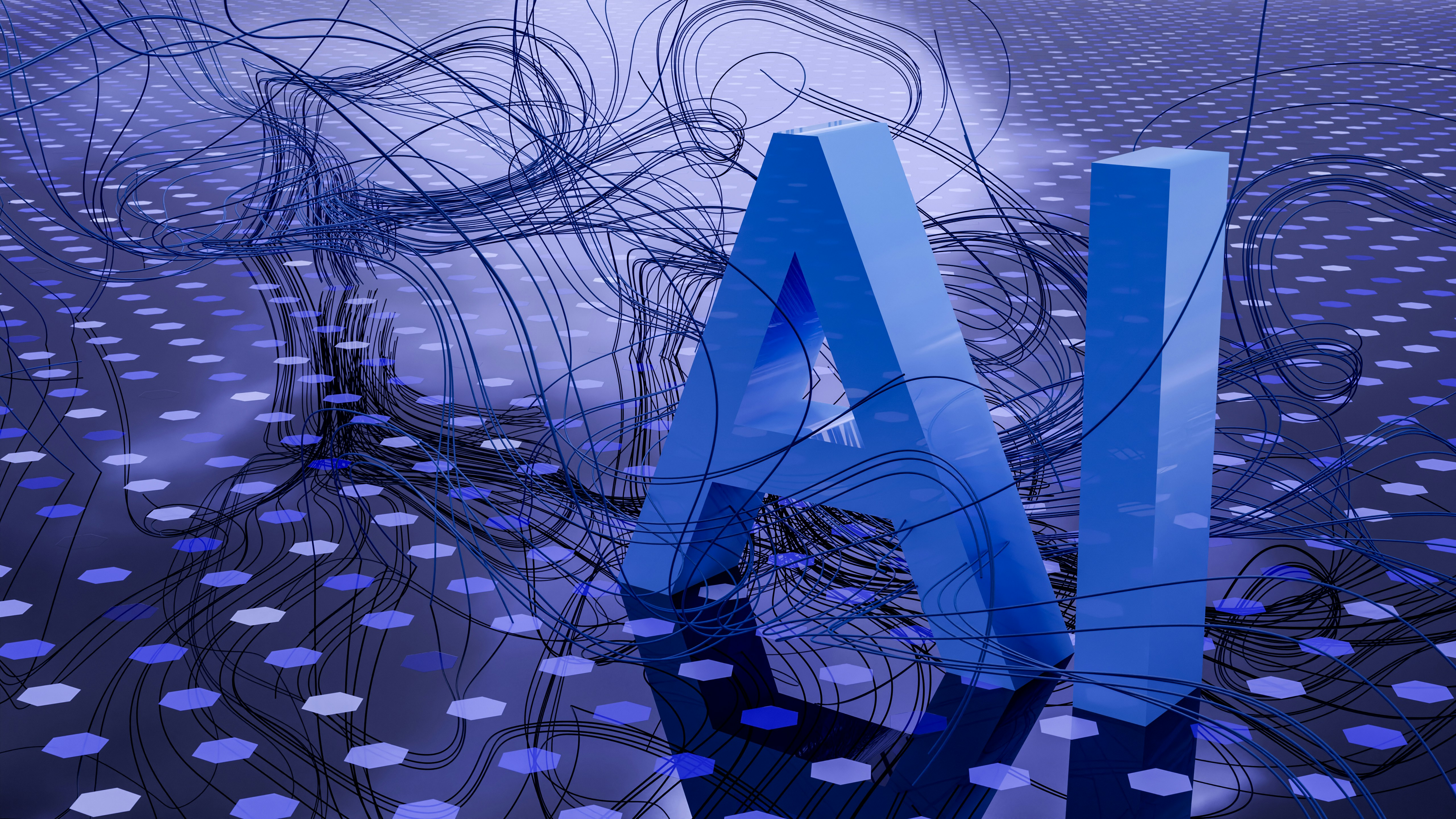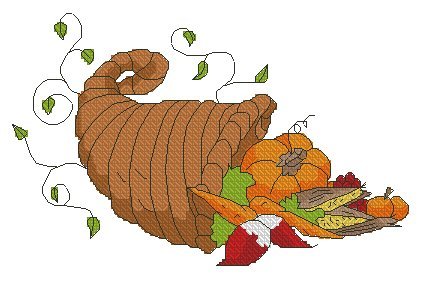Introduction to AI Image Generation Tools
AI image generation tools have emerged as a transformative force in the creative industry, employing sophisticated algorithms and machine learning techniques to produce high-quality visuals from textual descriptions or other inputs. These tools have evolved significantly over the years, transitioning from basic algorithms with limited functionality to highly sophisticated platforms capable of producing intricate imagery that can enhance various creative projects. The evolution of AI image generation reflects a broader trend towards automation and efficiency, allowing creators to focus more on the ideation process rather than the technical aspects of design.
In the realms of marketing, graphic design, and content creation, the integration of AI image generation tools has become paramount. These platforms not only streamline workflows but also enable unprecedented levels of creativity. For instance, marketers can generate tailored visuals for campaigns at a fraction of the time traditionally required, thereby amplifying the potential for engaging content that resonates with target audiences. Similarly, graphic designers can leverage these tools to explore a multitude of design options quickly, enhancing their creative output without sacrificing quality.
The capability of AI image generation tools to produce bespoke images tailored to specific needs reflects an understanding of creators’ challenges in rapidly changing markets. With the demand for unique and engaging content skyrocketing, the importance of these tools cannot be overstated, particularly in an era where high CPM rates for digital media necessitate a constant stream of fresh visuals. As we explore the top 10 AI image generation tools of 2025, it is essential to appreciate how they utilize advanced machine learning techniques to create compelling imagery, ultimately catering to the diverse needs of creators across various sectors.
Criteria for Selecting the Best AI Image Generation Tools
When evaluating AI image generation tools for 2025, several pivotal factors contribute to determining their effectiveness and overall user satisfaction. These criteria not only help identify the most suitable tools but also align with the expectations of creative professionals seeking high-quality outputs for their projects.
Firstly, ease of use stands out as a fundamental criterion. Tools that feature intuitive interfaces and user-friendly designs tend to attract a wider range of users, from beginners to experienced designers. An accessible platform allows users to focus on their creativity without getting bogged down by complicated navigation or steep learning curves, which can be particularly important in fields heavily reliant on timely project delivery, such as in a tech SaaS blog.
Output quality is another critical consideration. High-resolution images that maintain clarity and detail even when manipulated are essential for professional use. The ability of AI tools to generate versatile outputs suitable for various applications, from digital marketing materials to social media graphics, directly impacts their utility. This versatility is closely tied to the continuing advancements in AI technology, which provides opportunities for innovation and improvement.
Cost-effectiveness also plays a significant role in the selection process. Users often weigh their options, seeking tools that offer a competitive edge in terms of pricing structures, whether through subscription models or one-time purchases. Balancing functionality with budget constraints ensures that users receive value for their investment, which can lead to higher engagement and usage rates among users burgeoning in the affiliate marketing landscape.
Finally, user feedback and community engagement are instrumental in evaluating these tools. Ongoing updates and improvements align with technological advancements, highlighting a commitment to maintaining relevance in an ever-changing industry. Tools that actively incorporate user input can foster a more engaged user community, promoting loyalty and satisfaction.
Top 10 AI Image Generation Tools of 2025
As we look towards 2025, the landscape of AI image generation tools continues to evolve, providing creatives with innovative solutions to enhance their projects. These advanced tools leverage the latest machine learning algorithms to produce stunning visuals, making them indispensable in affiliate marketing and other digital platforms. Here are the top ten options that are set to dominate the tech SaaS blog space.
1. DALL-E 3: Renowned for its exceptional ability to create intricate images from textual descriptions, DALL-E 3 integrates seamlessly with various design applications, making it ideal for marketers. Users appreciate its intuitive interface that simplifies the process of generating high-quality visuals on-demand.
2. Midjourney: Midjourney stands out for its unique artistic styles, giving users the ability to produce distinct, visually appealing content tailored to specific brand aesthetics. This tool has garnered praise in numerous user testimonials, highlighting its versatility across different creative fields.
3. Artbreeder: A collaborative platform, Artbreeder allows multiple users to enhance and breed images, fostering community engagement. This tool has proven advantageous for those in the affiliate marketing arena, where collaborative visuals can yield higher engagement rates.
4. Runway ML: Runway ML focuses on real-time collaboration, making it effective for teams working on projects that require imagination and expediency. Its integration with popular design tools fortifies its position as a favorite among tech-savvy marketers.
5. DeepArt: DeepArt utilizes neural networks to replicate the style of famous artworks in new images. This functionality appeals to those seeking a unique look that stands out in the digital marketplace, accentuating the connection between art and technology.
6. Craiyon: Formerly known as DALL-E Mini, Craiyon allows users to generate quick, simple images from text prompts. Its straightforward approach makes it an accessible choice for beginners trying to explore affiliate marketing.
7. NightCafe Studio: NightCafe excels in creating AI-generated artwork with a focus on social features, making it easy for users to share and showcase their creations. The tool’s community-building aspect is crucial for those leveraging visuals for online marketing.
8. Fotor: Fotor combines image generation with editing tools, allowing users to create and refine images seamlessly. This dual functionality ensures that marketers can maintain a high standard of quality in their visual content.
9. Picsart: With a focus on user-friendliness and rich features, Picsart allows for both AI image generation and comprehensive editing tools. It caters to content creators who seek to personalize their visuals effectively.
10. PaintsChainer: This innovative tool offers automatic coloring of sketches, appealing to artists and marketers looking to streamline their workflow. Its unique feature set has been recognized in various creative circles, showcasing its potential in digital content creation.
These AI image generation tools are poised to redefine how creatives approach visual content in 2025. By capitalizing on their unique strengths, businesses can not only enhance their marketing strategies but also increase their engagement in the affiliate marketing realm.
How to Use AI Image Generation Tools for Maximum Creative Effectiveness
To harness the full potential of AI image generation tools, it is essential to integrate them seamlessly into your existing creative workflows. Start by evaluating your current processes and identifying areas where these tools can enhance productivity and creativity. Whether you are working on a tech SaaS blog or a graphic design project, AI can assist in generating visuals that align with your theme and message.
One of the best practices for generating high-quality images is to provide clear and specific prompts to the AI tools. This allows the software to better understand your requirements and create visuals that meet your expectations. Experimenting with various prompts can lead to unexpected yet innovative results. Additionally, leveraging features such as styles, color palettes, and themes can also enhance the uniqueness of your generated images.
Additionally, consider the licensing and usage rights of the images created. Many AI tools offer commercial usage options, enabling you to monetize your creations effectively. For example, you could design custom graphics for clients, which can be particularly lucrative in affiliate marketing contexts where high CPM (cost per mille) visuals are often in demand. Another avenue for monetization includes selling unique digital artwork on platforms that cater to artists and designers, thus allowing you to earn income with every click.
Engaging with a community of creators using similar tools can provide insights into best practices and new approaches. Consider joining forums or social media groups focused on AI art generation, where you can share your experiences and learn from others. Finally, consistent practice and experimentation with the tools, alongside following trends in visual content, will significantly improve your creative output and effectiveness in employing AI technology.



